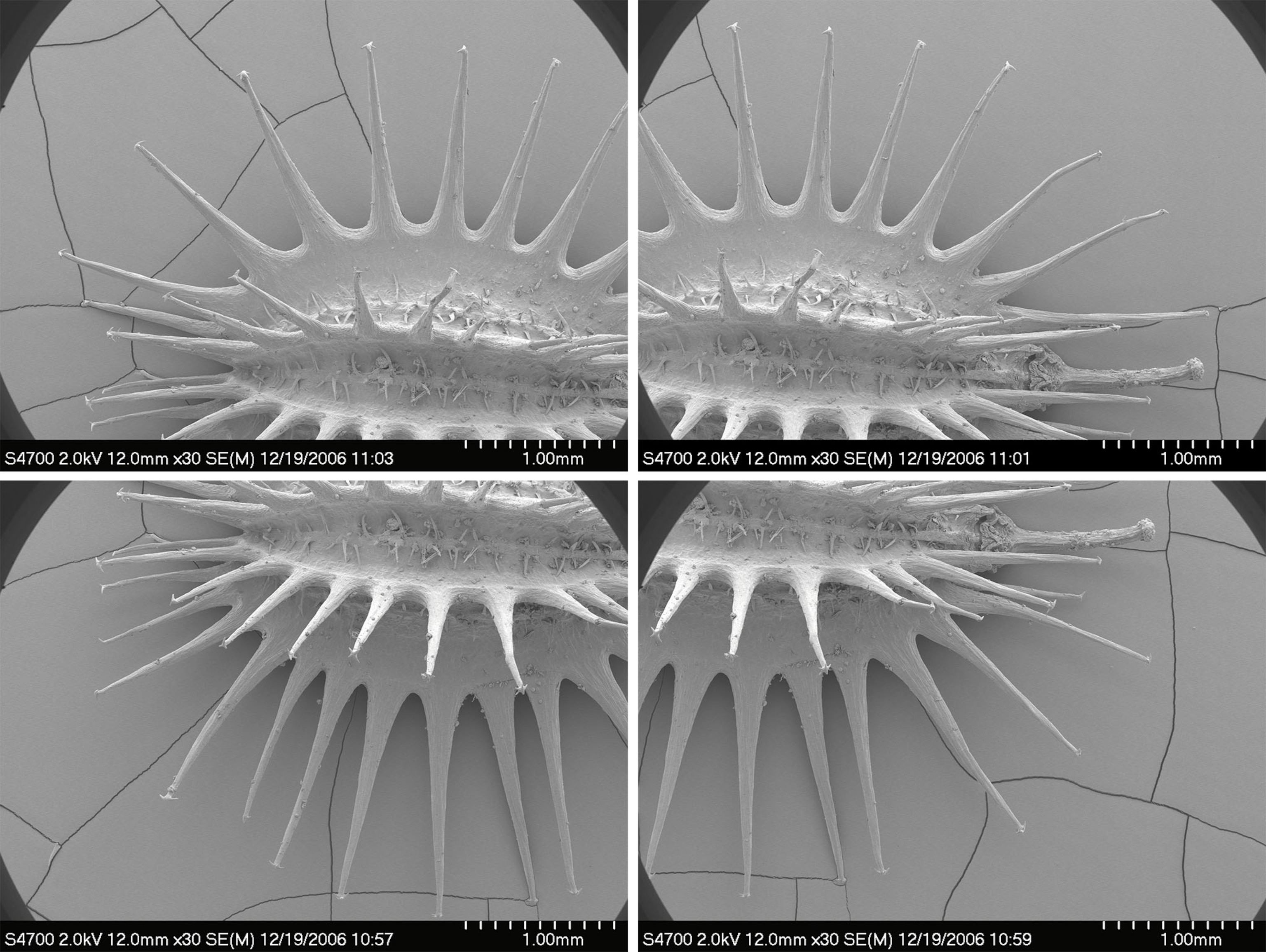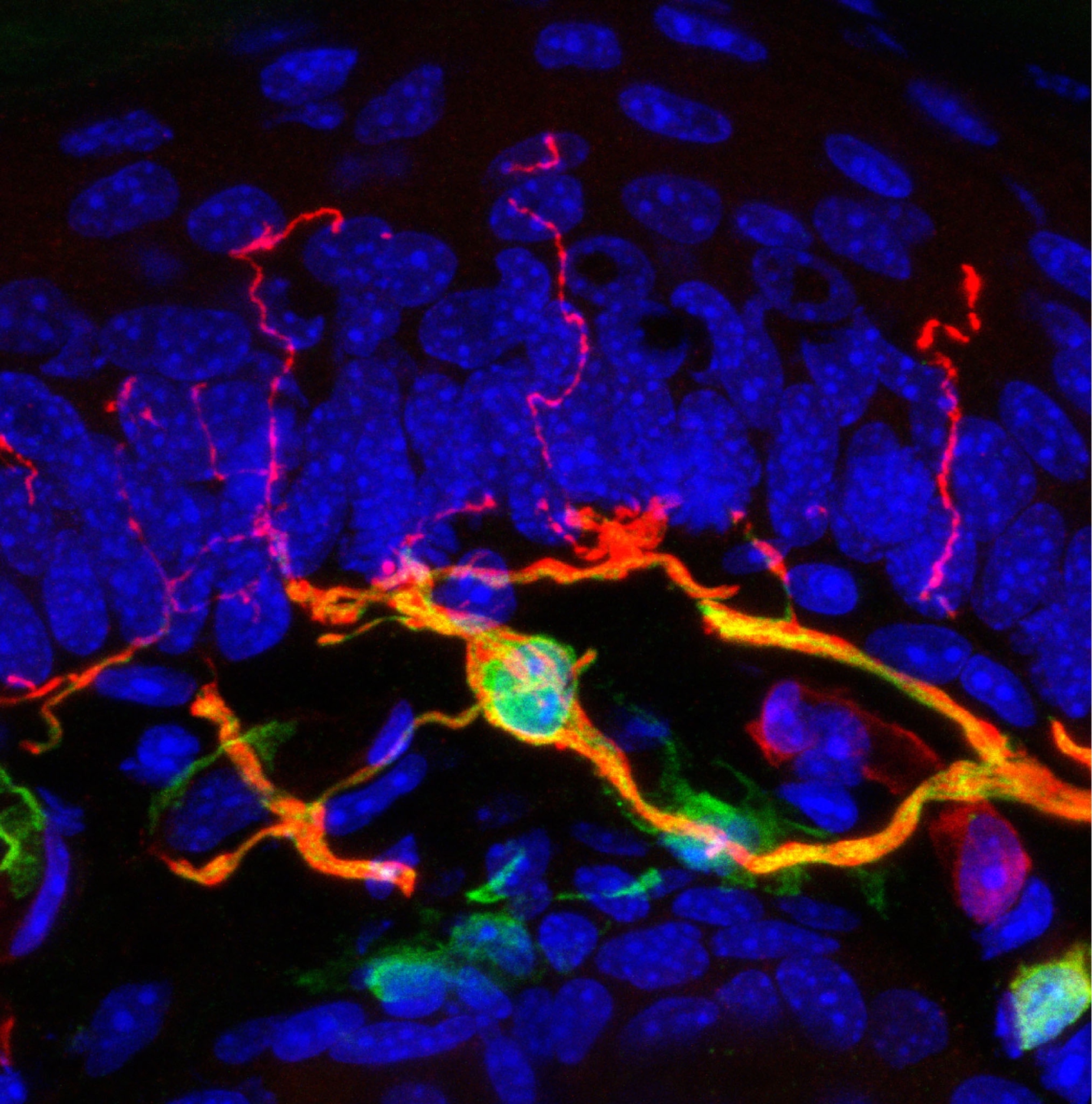
Insights on mighty ‘water bears,’ hardy seeds, and a new sensory organ
Recent discoveries include a seed that resists drought and one that yields plastic, a pain-sensing organ, and the secrets of water bears’ resilience.
Tough tardigrades: Might in miniature
Tardigrades—also known as water bears for their rotund bodies—are marvels of biology. When dry spells strike their moist homes, such as the film of water atop lichens and mosses, they dehydrate into a protective dormant state that also helps them withstand intense heat, x-ray radiation, and even outer space. Scientists are beginning to learn how they do it. In 2016 Japanese researchers found that a species of tardigrade contains a unique protein, called Dsup, that protects its DNA from damage. Now scientists at UC San Diego have shown that Dsup is in a second tardigrade species, which hints at the protein’s ubiquity within the group—and have uncovered more about how the protein works. The team found that Dsup binds to the “spools” that package DNA in cells and that it creates shields against hydroxyl radicals, highly reactive and damaging oxidants that can form when radiation splits water molecules. The discovery could yield new insights for humans, such as how to protect cell cultures used in medical research from radiation and other stressors. —Michael Greshko
See a new species of this “indestructible” animal, found in a surprising place.

Can this seed teach a carrot to survive?
Using an electron microscope, artist Rob Kesseler captured seeds from 11 hardy plants scientists say may withstand climate-related drought. This Daucus carota,a wild relative of the carrot, could hold genetic secrets enabling plants to adapt and thrive. —Nina Strochlic

Read more about the offbeat foods that may help us survive a harsher climate.

What feels your pain?
When a needle sticks you, where does the pain come from? The obvious answer: nerves in skin. But new research in mice suggests the origin might be a previously unknown organ under the skin called the nociceptive glio-neural complex. When glial cells were turned off via gene editing, the mice were less sensitive to pain such as pinpricks. Still to be explored: how the organ works in humans and whether it can be manipulated to help treat pain. —Catherine Zuckerman
Learn more about this newly discovered organ lurking under your skin.

Avocado pits to bioplastic
A Mexico-based company, Biofase, is transforming avocado pits into bioplastic that can replace 60 percent of the plastic in cutlery. The avocado compounds are said to break down like any organic waste, so less plastic ends up in landfills. —Daniel Stone




